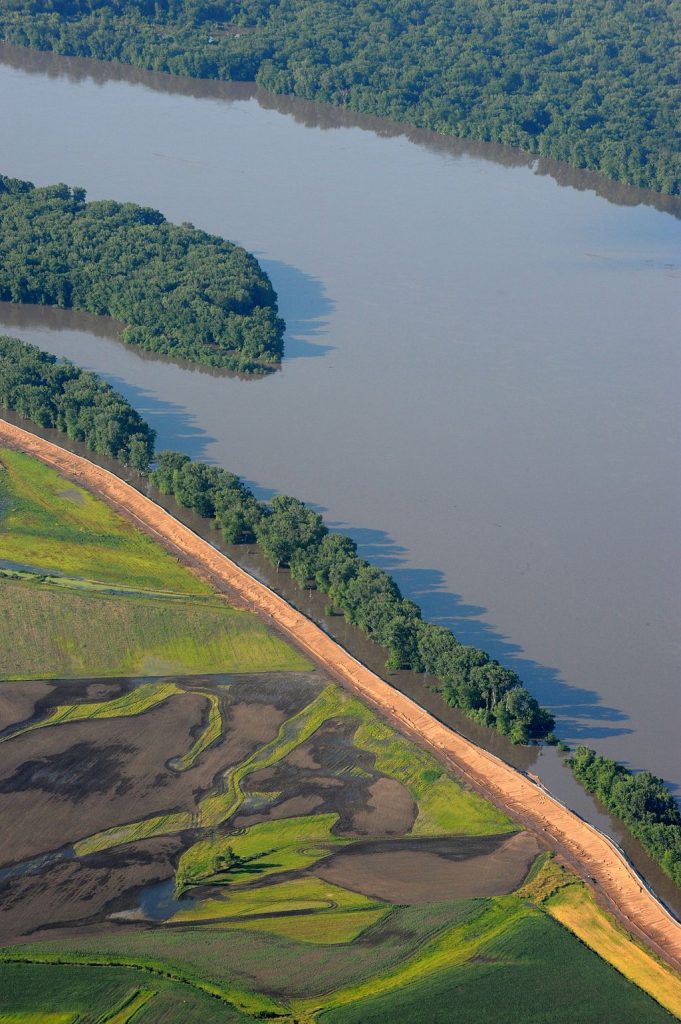
Though it receives less scrutiny than other government actions, federal water policy has immense and lasting impacts on rivers and wildlife, as well as millions of Americans. And much of that policy is dictated by one piece of legislation–the Water Resources Development Act (WRDA). An update to this large and complex collection of “all-things-water” policies comes around every couple years, and gives the U.S. Army Corps of Engineers authority to address inland waterway navigation, flood protection, environmental restoration, and much, much more. Big, catch-all legislation like WRDA can be daunting to parse and interpret, but it also provides opportunities to make major strides toward healthy rivers.
These opportunities are before us again, and as both houses of Congress work to develop, refine, and reconcile WRDA 2016, we have some simple requests that will result in healthier rivers in Illinois, and nationwide. Just because a bill is big and complicated, doesn’t mean our “asks” have to be. Here are some ways Congress can work to ensure healthier rivers and safer communities:
Use low-impact, nature-based solutions to address river management issues. Where appropriate, Congress should require the Corps to consider less environmentally destructive (and often, less costly) approaches to address water resource issues. Low-impact and nature-based solutions can take many forms. For instance, the Corps could initiate barge scheduling to alleviate traffic issues, instead of building new locks. They could also consider levee setbacks to improve flood risk reduction, instead of building levees higher.
Use up-to-date information to make decisions. Congress should require to the Corps to update operations plans for water resource projects every 10 years. Right now, the Corps operates much of its infrastructure using decades-old plans, which can harm fish and wildlife, and increase flood risk for communities. Updated operations can provide many benefits for fish, wildlife, and people. For example, the Corps can evaluate how to manage water levels behind locks and dams to improve the conditions of wetlands and other habitats for wildlife.
Make water resource information readily available to the public. It’s a no-brainer that public projects should provide adequate public benefit. To ensure that Corps projects make sense economically, socially, and ecologically, it is important that outside experts and local stakeholders have the information they need to make informed assessments.
Improve emergency flood recovery efforts. We want to make it easier for communities to consider and implement non-structural restoration measures like levee setbacks to reduce flood risk. When levees are damaged, instead of simply rushing to repair a levee that has already failed, the Corps should be required to evaluate non-structural measures that reduce flood risk.
Avoid harming fish and wildlife by listening to the experts. The Corps should avoid and mitigate for projects that cause harm to fish and wildlife. Projects should be reviewed under the Fish and Wildlife Coordination Act, and the Corps should listen to agency experts about how to avoid damaging impacts. For instance, conservation agencies have said the wetland losses and environmental impacts of the New Madrid Levee Project–a proposal to sever one of the few remaining river-floodplain connections that exist in Missouri–would be impossible to mitigate. When agency experts come bearing grim news like this, we want the Corps to listen.
Although WRDA may seem complicated, it’s important that Congress consider these common-sense solutions that support safer communities and healthier rivers.







